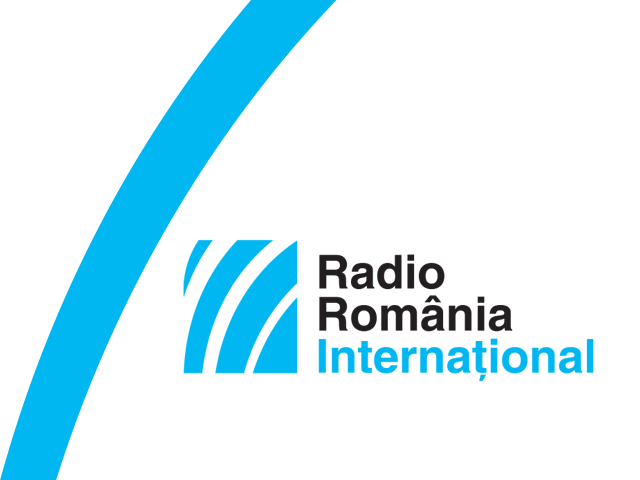Fascism and communism are the two forms of totalitarianism that manifested,
fully-fledged, in the 20th century. This was the century when
liberal democracy had been going through the most serious of crises. Totalitarianism
succeeded in persuading a great many people that it was a better solution to the flaws of democracy.
In Romania, totalitarianism vigorously took hold of people’s minds. Fascism
manipulated ideas and especially feelings, churlishly simplifying them and
turning them into killing tools. The Legionnaire Movement and its party, The
Iron Guard, were the most radical fascist means of expression for the far-right
totalitarian thought. But before we got them the way they were known, their
foundation was laid by the Blood Brotherhoods, the organization that initiated those
who shared the fascist ideas. Coming into being in 1923, as organizations of
the nationalist youth, at the initiative of Corneliu Zelea Codreanu, the future
leader of the Iron Guard, the Blood Brotherhoods draw and trained new staunch
members.
Radio Romania’s Oral History Center in the past decades has recorded
interviews with former members of the Blood Brotherhoods. In 1997, Alexandru
Bancescu of Câmpulung Moldovenesc recalled how a session unfolded, of
the Blood Brotherhoods, in his native town.
The shared legionnaire orientation
made us all brothers. There were moments of prayer, there was, in the parlance of
the Blood Brotherhoods, a moment of friendship, by means of which we provided
our education. We were honest in speaking about our shortcomings, every one of
us took their own correction measures, we tried to correct each other and we punished
ourselves at a time when that was needed to correct our imperfections and turn
a human being into a personality. We did physical exercises to strengthen our
bodies, we set up camp nights with the Blood Brotherhoods, towards Rarau at the
Devil’s Mill or somewhere else, where very many people had come, from all over
Moldavia. We used to meet there, we used to sing, telling stories about our
people, our country, our history.
In 1999, Mircea Dumitrescu of Bucharest span the yarn of how he joined
the Blood Brotherhoods when he was 13.
I approached them through reading and discussions with
my classmates. What had I read? For the Legionnaires, a book written by Corneliu
Codreanu, I had read The Blood Brotherhood, written by Gheorghe Istrate,
the organizer of the Blood Brotherhoods, A Generation’s Creed, by Ion
Mota, From the Legionnaire World, other legionnaire books. Where would I find
them? There was a group in Buftea who did that. One of them was shot in 39′ by
Carol II’s police. I knew him, I knew his father. The others were doctors in
economy, the Stan brothers. I would talk to them through my father and my
father’s friends.
What was
expected from the young members? The behavior of a new type of man, a man of
the future, as Dumitrescu said:
What were we supposed to become? First of all, we were told we were not Christian
enough. Every day, the 40th share of our time, that is 36 minutes, had to be
devoted to our relationship with Christ. That meant reading from the New Testament,
mentally checking everything we had done during the day, to see if we’d
committed any sin. After that, we would be told that there could be no
relationship with God without a relationship with the person next to us. Also,
the 40th share of our spending had to be set aside, to help those in need. That
means that if, for instance, I ate an ice-cream costing 40 lei, 1 leu had to be
saved for those who may have needed that money. We were also checked. We had a
little notebook, titled my notebook, where we were supposed to record
everything, about spending our time and our money.
The
strongly Christian education attracted not only those interested in acquiring a
new ethic identity, but it also translated into a selection that would give
birth to an elite. In 1994, priest Ilie Tinta described the selection of the
members of the Blood Brotherhoods.
Usually, we would select students that had good grades and an exemplary
behavior. We never took students who couldn’t pass their exams. The
persecutions of 1938-1939 left us a bit short of members, as the Security were
chasing us, but we managed to get through. In 1940, when the Movement was
rendered legal for a while, during the ministry of Antonescu, I was the head of
the Blood Brotherhoods at the Nifon Seminary in Bucharest .
But time
does not carve ideas in stone, it changes everything. After the end of the
fascist period, in 1945, the other face of totalitarianism, communism, emerged
in central and eastern Europe. And some of the members of the Blood Brotherhoods,
those who managed to stay out of prison, would give birth to part of the
anti-Communist resistance movement. (EN, MI)
